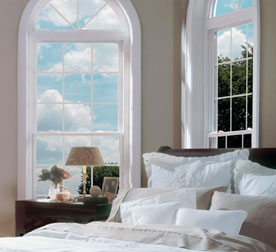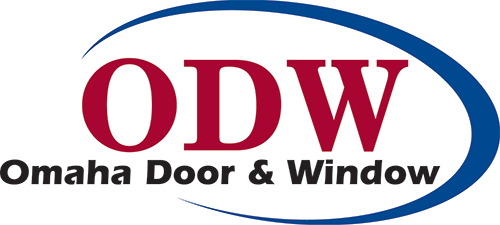 Windows have come a long way in the last few decades. When you take a look at an original window from the ‘50s or ‘60s compared to today’s, you’ll notice quite a few different things. The materials are better and the appearance is often nicer, to name a few benefits.
Windows have come a long way in the last few decades. When you take a look at an original window from the ‘50s or ‘60s compared to today’s, you’ll notice quite a few different things. The materials are better and the appearance is often nicer, to name a few benefits.
But the most telling change is not the incredible selection of colors and customization for the frame—it’s the amount of insulation today’s windows have compared to their old single-pane counterparts.
Back then, windows had one pane and a storm window, which was meant to create dead air space. The problem with the old system is that the storm windows let air through, which meant that you really just had an inside window with a very thin piece of glass for protection. Hence why so many old windows have frost, moisture, and insulation problems.
Fast forward to a while later and the double pane window came into the market. These windows now had two pieces of glass with anywhere from one-half to one inch of dead space and a low-e tint. This system works very well.
Windows with low-e tint reflect emissive heat—heat created from the sun hitting an object. This heat typically goes through the windows and into your home, but with low-e (emissivity) tint, less heat goes through the window, with 60% to 70% bouncing off and the rest getting through. It’s also resistant to UV light which fades carpet and furniture.
Why choose a triple pane window?
A double-pane window is obviously much better than a storm and single-pane window from the ‘50s, but what about when you add a third pane?
Two dead air spaces. Two separate dead air spaces will slow hot or cold transmission better than 1 dead air space.
Double the amount of low-e tint. With two pieces of glass that have low-e tint, you end up filtering out twice as much heat. On top of that, you end up dropping down the UV light, helping to prevent your carpet, furniture and curtains from fading as fast.
Reduced noise. Believe it or not, having that extra dead air space can help to reduce noise significantly. That’s because any time sound has to transfer through a medium it gets quieter; with an added pane, you end up reducing the sound that much more.
In the end, you get a window that is around 25% more efficient than a double pane window alone.
To sweeten the pot, Omaha Door and Window is currently having a promotion that gives you a triple-pane window for the price of a double-pane, which is an offer we don’t think anyone should miss. That single extra pane may not seem like much, but it makes a significant difference. Have a question, or want new windows? Contact us today!
